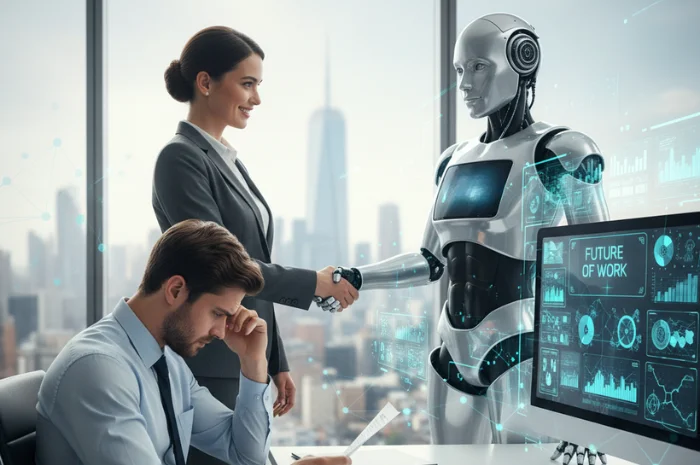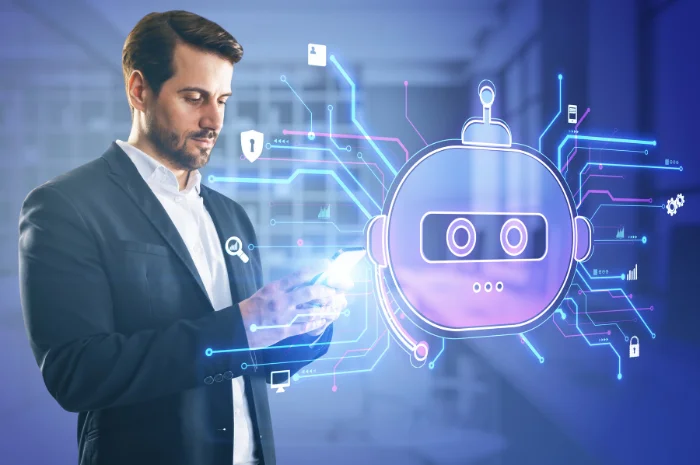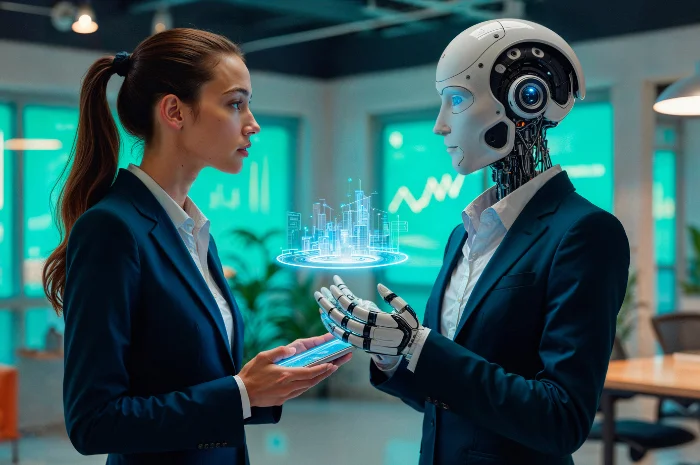Global tech companies have axed over 100,000 jobs, and many of those cuts are explicitly linked to shifts in AI. Microsoft recently laid off 6,000 employees while investing billions in AI infrastructure, citing automation as a key reason for the layoffs.(Source: The Times of India)
Closer to home, India’s IT services giants aren’t immune. Infosys, Wipro, TCS, and others have collectively laid off tens of thousands of roles under the banner of “workforce optimization” and “AI transformation.” (Source: The New Indian Express)
These headlines signal a massive change across industries, especially tech. However, not every job role is being replaced by AI; some are still within the safe boundaries. In this article, we’ll show which jobs are most likely to be replaced by AI, and the fresh roles created due to this technology.
Which Jobs AI Will Replace First
For decades, entry-level roles were the safest on-ramp into the workforce. You’d start small, learn on the job, and move up. In 2025, that ladder is being pulled away or rebuilt entirely.
A survey by ResumeBuilder found that 37% of companies expect to replace entry-level workers with AI by the end of 2026. In the U.S., a Verasight study showed 3% of job losses were directly due to AI, and 7% more due to AI-assisted downsizing, with early-career professionals among the most impacted. (HR Dive)
In India, an IIM Ahmedabad report showed 60% of white-collar workers fear losing jobs due to AI, particularly those in junior tech, support, and admin roles.
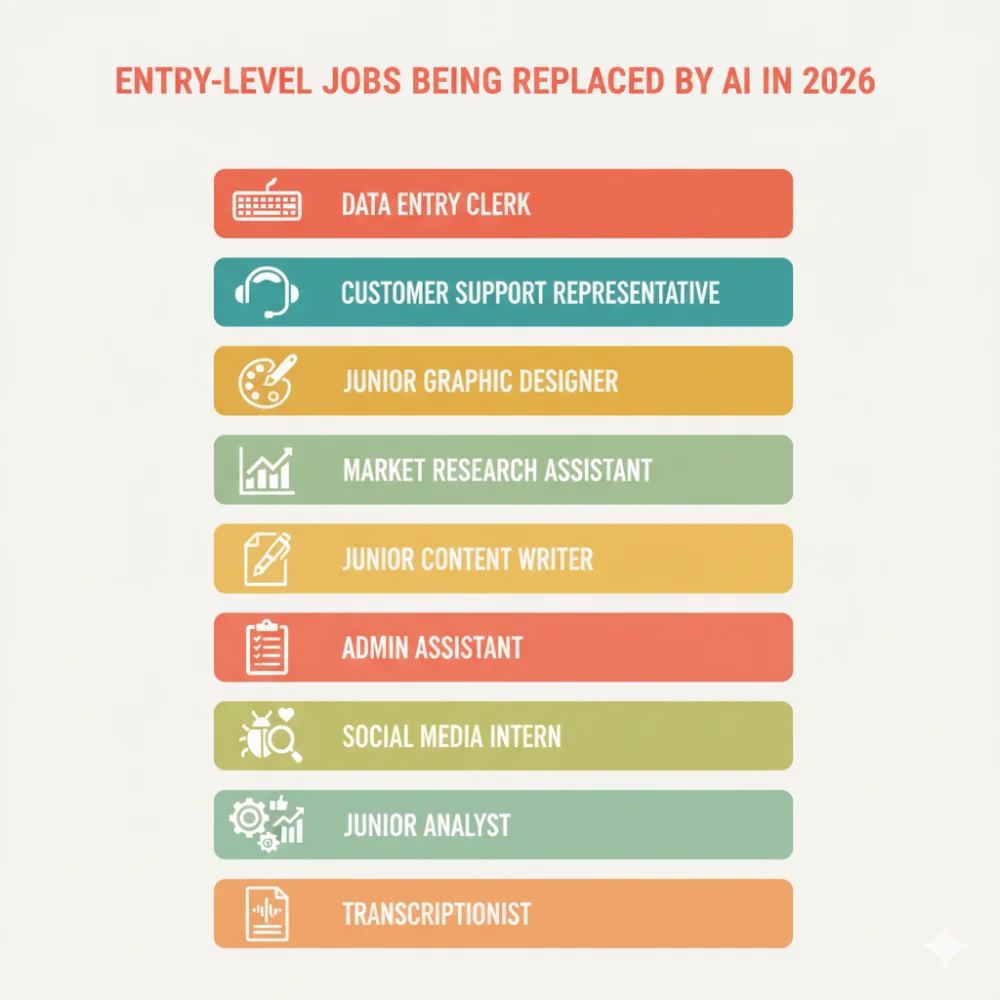
What’s Still Safe
Despite the disruption, certain skills and tasks remain out of AI’s reach or even grow in demand alongside it. Here’s where early-career professionals can double down:
Tasks That Require Real-World Judgment
AI fails when things get messy, such as with ambiguous instructions, unexpected changes, or ethical dilemmas. Roles that involve making decisions in complex, non-standard situations (think: operations, compliance, system debugging, or customer escalation handling) still require human oversight.
Human-Centric Skills
Empathy, communication, negotiation, and conflict resolution are not AI’s strengths. Fields like education, healthcare, HR, and even customer experience will still value humans for emotional nuance and trust.
Strategic Thinking & Business Context
Junior professionals who understand why something is being built, not just how, are harder to replace. Skills like product sense, business alignment, and stakeholder management will grow in value.
Hybrid AI Fluency
Rather than avoiding AI, learn to supervise it. Roles are emerging where junior staff use AI tools to speed up work while checking, improving, and contextualizing the output. Being “AI-augmented” beats being “AI-replaced.”
Domain-Specific Technical Knowledge
Some areas, such as cybersecurity, embedded systems, robotics, and legal tech, are complex enough that juniors who learn them still have an edge. These fields require understanding beyond what general-purpose AI can handle today.
Ethics, Safety, and Governance
AI is only getting more powerful, and with that comes demand for oversight. Roles that involve reviewing bias, ensuring compliance, and managing responsible AI use will need humans who understand both systems and consequences.
Also Read: Synthetic Intelligence: An Alternative or Future of Artificial Intelligence?
Can AI Replace Graphic Designers Completely?
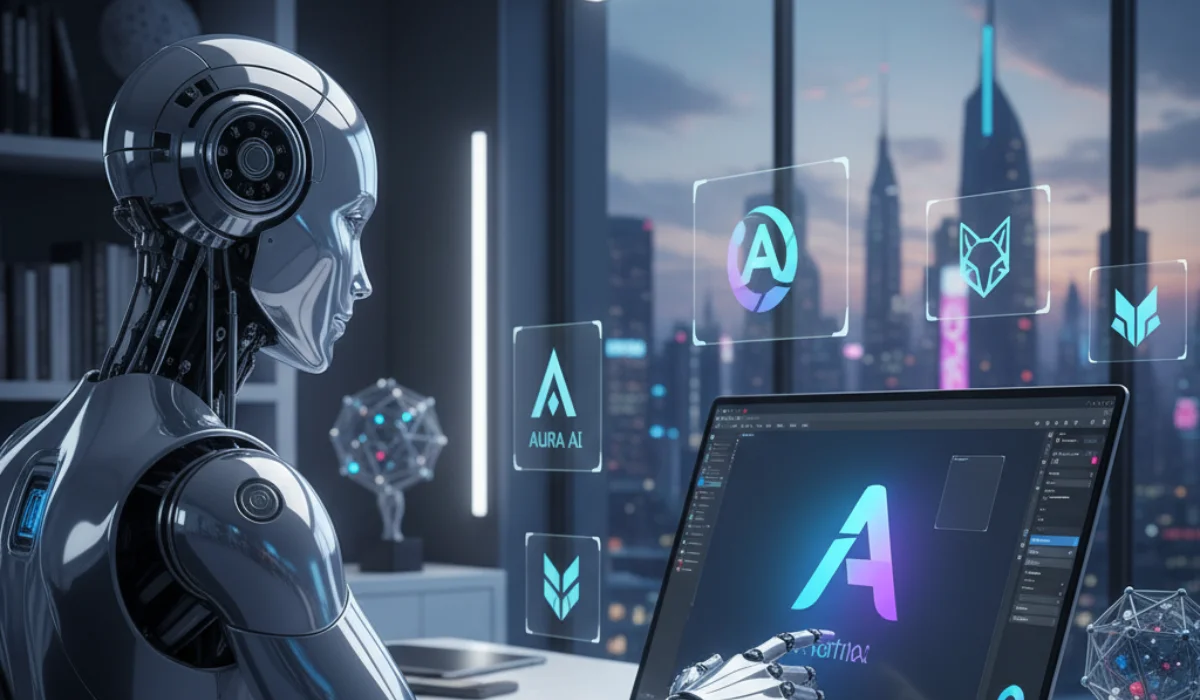
In the creative world, it’s tempting to believe “AI can’t replace art.” But in 2025, that line between art and automation is blurring, especially at the lower end.
Agencies and companies are already trimming basic design roles. The World Economic Forum’s 2025 report identifies graphic design as one of the jobs most threatened by AI adoption, ranking it among the fastest-declining roles over the next five years.
On Upwork, many clients now generate polished visuals via prompt-based AI tools, logos, banners, social media creatives, and tasks that used to require junior designers. The result: fewer roles for beginners, and greater pressure for specialization.
A study by IInfotanks on over 100 design studios reports that 49% of designers believe manual production may become obsolete within five years. In India, agencies are cutting junior design positions and relying more on AI tools like Canva’s AI, MidJourney, or internal prompt pipelines.
Even so, AI hasn’t made designers irrelevant. What changes is which parts of the design remain untouched by AI.
Design tasks that AI can replace completely
The tasks most vulnerable are those that are pattern‑based, rule‑driven, and scalable, precisely where AI is strongest:
- Generating logos, asset variants, social media graphics, and templated banner design
- Resizing, recoloring, format conversions, background removals
- Simple mockups or “fill in the blanks” image generation
Because AI can produce hundreds of variants quickly, organizations may reduce their junior design headcount or merge those roles into oversight or curation.
Also Read: Top 10 Generative AI Tools for Creativity and Productivity
Where Human Designers Are Still Stronger Than AI
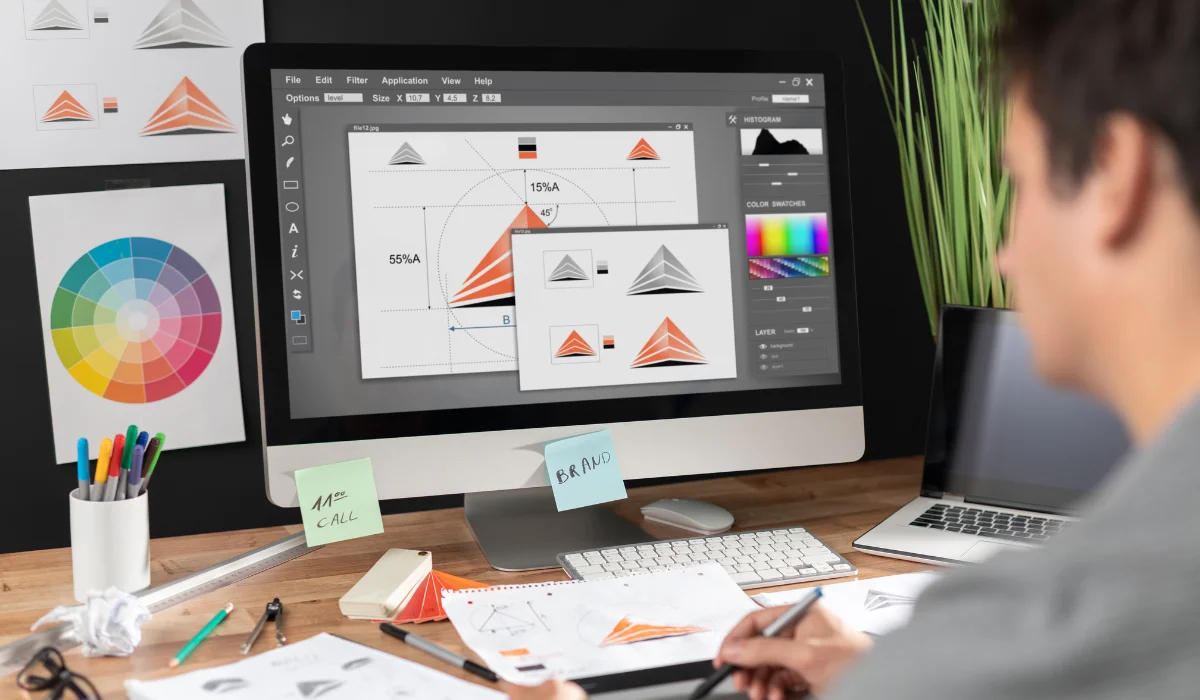
Despite the AI disruption, certain design roles still resist automation. These are the areas where human designers add unique value:
- Creative concept & brand direction: AI cannot originate deeply meaningful ideas, themes, or brand stories. Designing a brand identity that aligns with cultural nuance, user psychology, and long-term strategy still requires human intent.
- User experience & interaction design: While AI can suggest layouts, human insight is needed for flows, behavior mapping, accessibility, microcopy, usability testing, and emotional resonance.
- Client relationships & interpretation: Design often involves ambiguous feedback, subjective tastes, and evolving requirements. Understanding what the client means, not what the prompt says, is a finesse AI struggles with.
- Quality control & human curation: AI outputs need selecting, refining, and correcting. Designers are needed to filter glitches, bias, alignment issues, and ensure consistency across brand assets.
- Niche or specialized creative work: Illustration, hand‑drawn art, bespoke packaging, sustainable design, and motion design demand skills beyond formulaic patterns.
Impact of AI on Data Science & Analytics
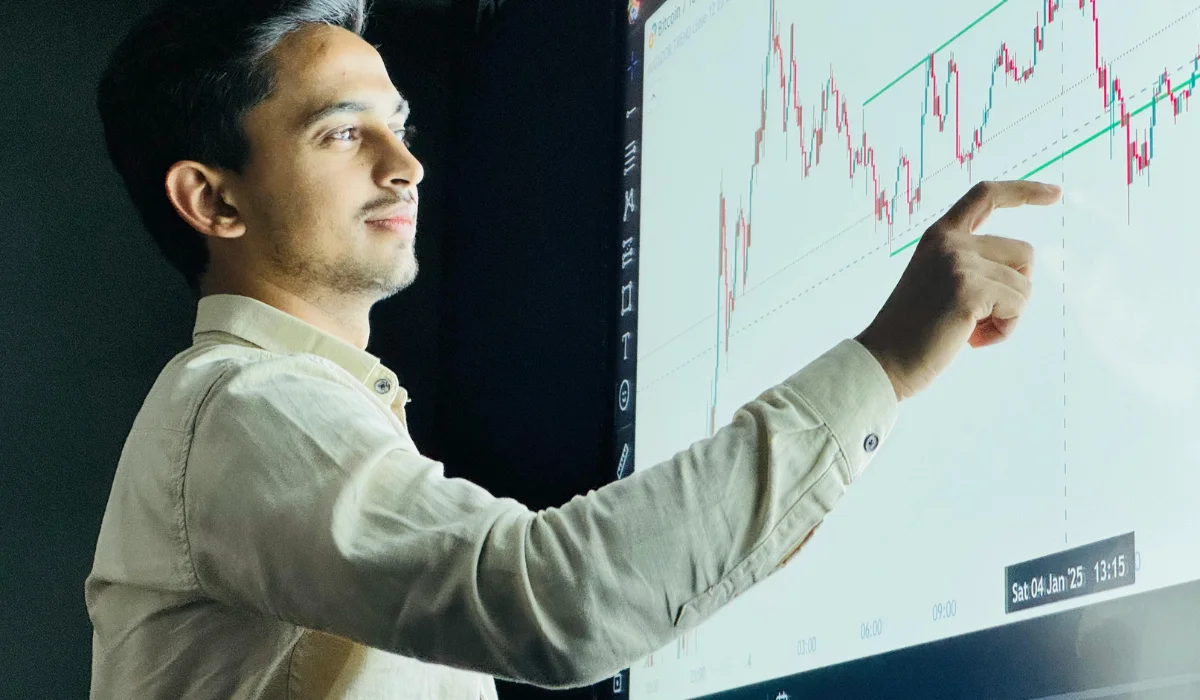
Will AI replace data scientists? AI has already automated many repetitive tasks such as cleaning, feature creation, and basic model tuning, pushing humans toward more complex work. But that doesn’t mean the role is dying; it’s changing.
Many industry observers believe that AI will augment, rather than replace, data scientists. Generative models now help with data wrangling, exploratory analysis, and even creating draft visualizations. Tools like AutoML, prompt-driven analytics, and pipeline automation are gradually reducing the time required for mid-level tasks.
Still, look to the gaps. AI struggles when the business context changes, particularly in domains where domain knowledge is critical or where ethical tradeoffs must be weighed. AI may suggest a model, but it won’t always flag bias, explain reasoning, or tie results back to strategic decisions. Humans still interpret, question, and guide.
What’s safer in a data‑driven role:
- Translating analytics into business impact (storytelling, recommendations)
- Framing the right questions (defining what to measure)
- Ensuring fairness, bias control, and interpretability
- Designing data strategy & architectures (how data flows across systems)
- Monitoring and correcting AI output (catching errors, anomalies)
If you position yourself where data meets decisions, you stay relevant.
Impact of AI on Cybersecurity Jobs
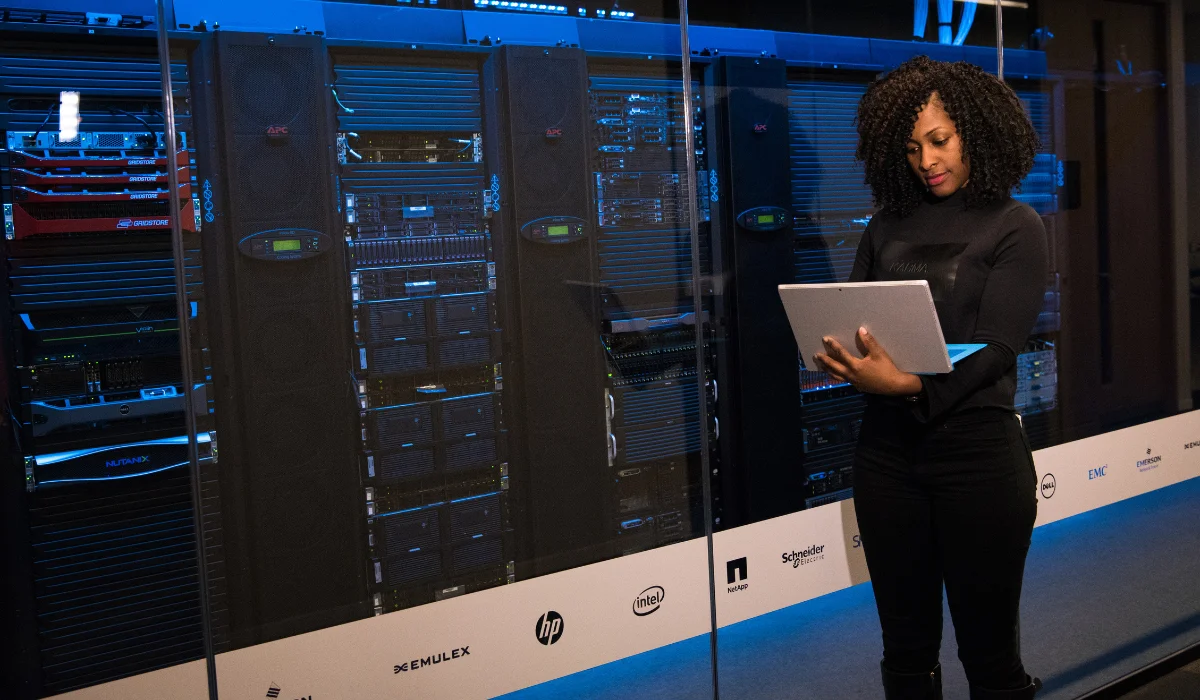
Cybersecurity is one of the few domains where fully autonomous AI controls raise alarm bells rather than applause. This field is already using AI for detection, triage, and anomaly spotting, but human cyber experts are still needed.
A recent move by CrowdStrike illustrates this shift: the company announced a layoff of ≈ 500 employees (around 5% of its workforce), partially citing AI and efficiencies. But those cuts don’t signal wholesale replacement; they reflect trimming of roles that overlapped with automated monitoring, which means humans can focus more on complex defense, planning, and attack anticipation.
What remains safer in cybersecurity:
- Threat modeling, red teaming, adversarial thinking
- Incident response in unusual or emergent attacks
- Security architecture, identity & access governance
- Risk, compliance, audits, privacy & regulation
- Ethical hacking, penetration testing in unseen scenarios
If a breach happens at 3 AM, you want a human to make judgment calls, not blindly trust an agent.
Will AI Replace Software Engineers?
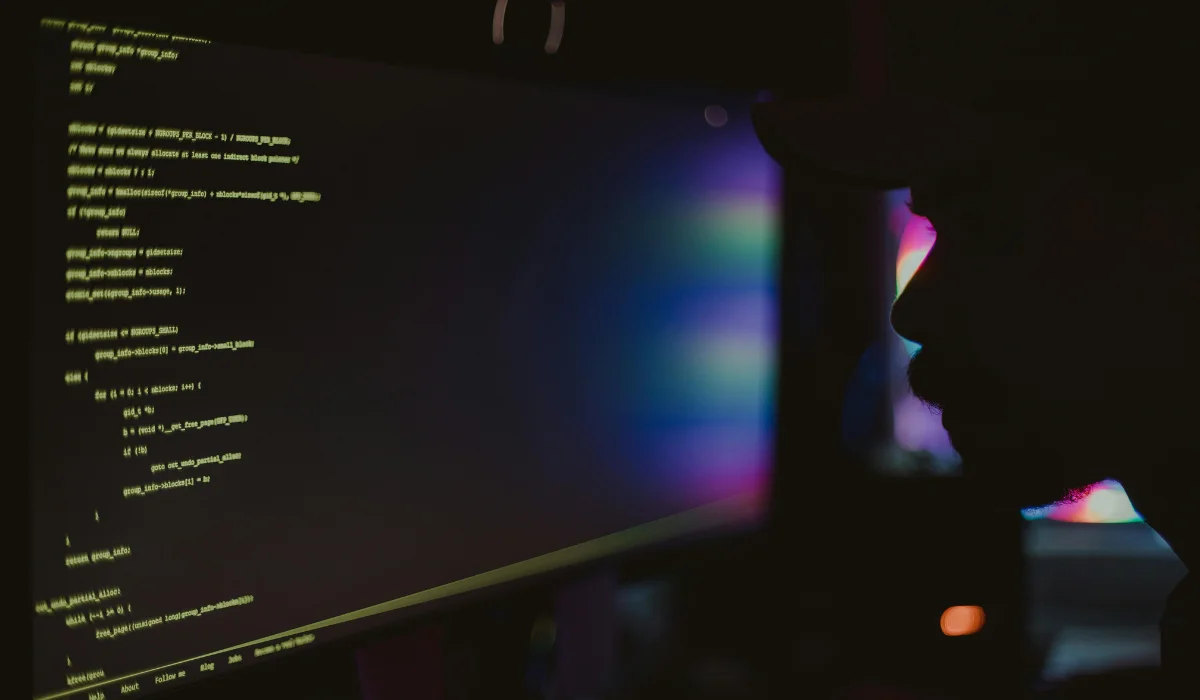
Not completely despite the field being one of the earliest industry to see the impact of AI. Today, hundreds of free AI tools are available for coding, QA, DevOps, use case generation, and many more software related tasks.
AI agents are also able to opimize DevOps pipelines, automating infrastructure, and deploying scripts but, that doe snot mean software engineers are becoming obsolete. They are now supervisors, integrators, and model integrators.
What AI cannot replace in software engineering:
- System design, scalable architectures, distributed systems
- Security, performance optimization, resource constraints
- Edge cases, exceptions, unpredictable integration bugs
- Cross-team coordination, product-level thinking
- AI tool chaining and orchestration (building internal agents)
How AI is Changing Construction Industry
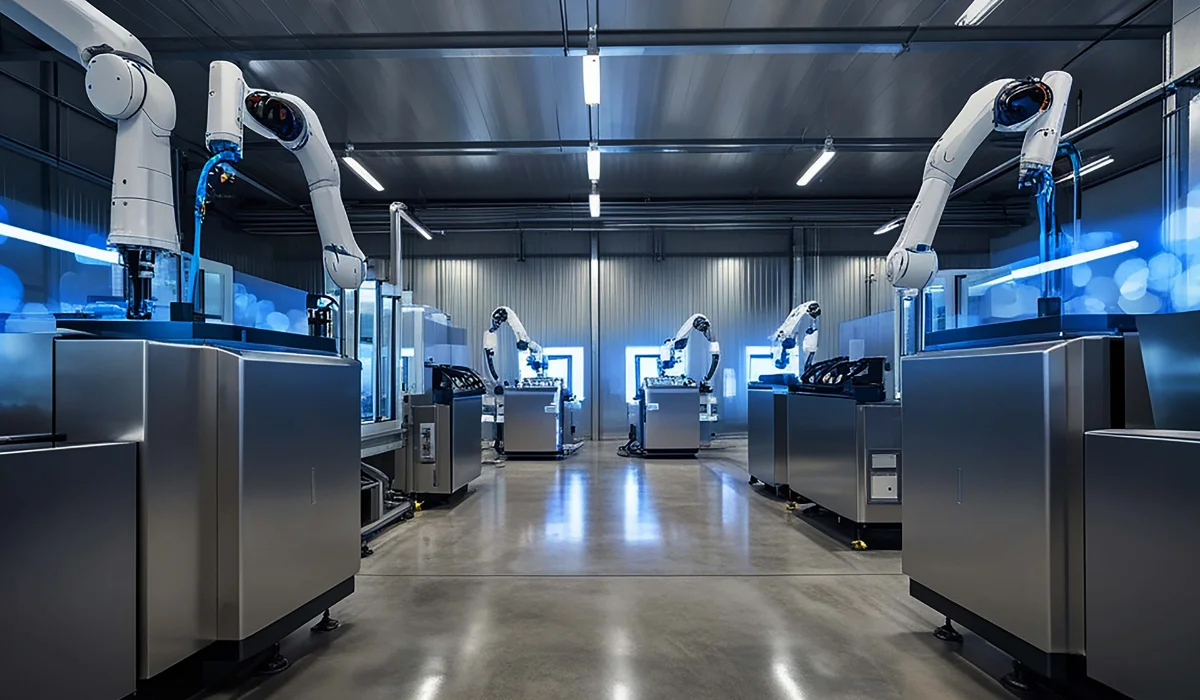
The impact of AI in the construction industry is mostly seen behind the scenes, where it is used for managing data, predicting issues, and automating safety checks. However, AI cannot fully replace human hands.
AI’s inroads are already visible. By automating document processing and contract review, many firms reduced their reliance on administrative staff. For example, AI tools that scan blueprints, detect conflicts, or flag deviations are reducing the need for manual review work.
In cost estimation and takeoff workflows, firms have reported 80% speed improvements in bidding cycles after deploying AI systems. On-site, computer vision systems monitor safety compliance (e.g., PPE usage, restricted areas) and issue alerts.
Robotics and AI also enter the physical realm: autonomous trucks, robotic arms for bricklaying or welding, and material-handling robots. Some Indian firms and startups are piloting these technologies. Studies on AI‑powered “cobots” (collaborative robots) in construction show that trust, safety, and reliability are major adoption constraints. Workers worry about error rates and transparency in the decisions made by robots.
What tasks/roles are being displaced or altered
- Administrative staff who do manual document reviews, blueprint comparisons, and contract compliance checks
- Junior project planners doing repetitive scheduling, cost takeoffs, and bid preparation
- On-site inspectors for basic defect detection (visual inspections automated via drones + vision AI)
- Material tracking and logistics roles (robots or automated systems replacing parts of transport or site delivery)
What Remains Safer (What Humans Still Must Do)
- Tasks involving complex judgement, improvisation, or adaptation to site variability (soil conditions, irregular ground, unforeseen constraints)
- Structural design, systems engineering, integration of multi‑disciplinary subsystems (mechanical, plumbing, electrical)
- Safety leadership, incident response, site supervision, and human management
- Crafts requiring manual dexterity, high precision, or unstructured environments (fine finishing, bespoke installations)
- Maintenance, rehabilitation, unpredictable repairs (where tools must adapt to nonstandard constraints)
- Ethics, safety governance, risk assessment, compliance oversight
In short: AI may take over predictable, pattern-based, repeatable tasks in construction, but the human still supervises, adapts, and intervenes in the messy, unpredictable domain of real sites.
Will AI Replace Customer Service Jobs?
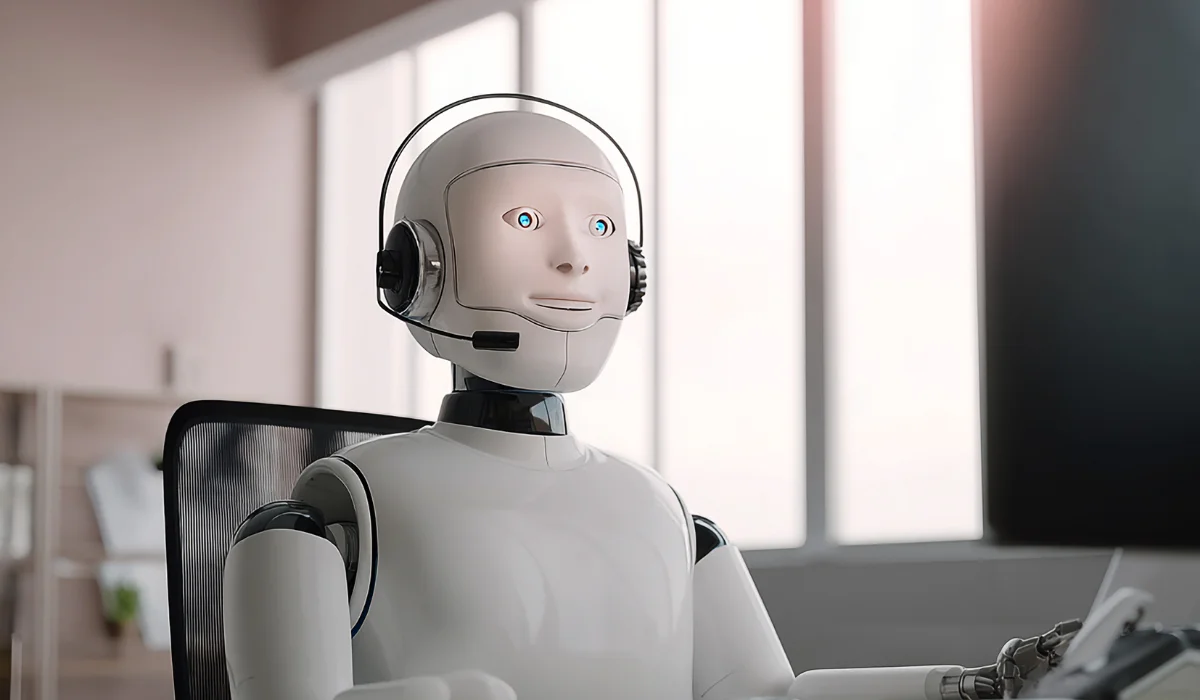
Customer service has been among the first industries to feel AI’s impact, especially for Tier‑1 support. In 2025, Salesforce cut 4,000 customer support roles, reducing its support roster from about 9,000 to 5,000, citing AI agents now managing many tasks. (Source: The Times of India)
Sky, a telecom/media company, similarly cut ~2,000 customer service jobs as it moved many tasks online and deployed AI systems. (Source: Financial Times)
As AI tools mature, they’re expected to handle more of first-contact support, FAQs, basic technical troubleshooting, order updates, billing issues, and complaint triage. Some reports suggest that by 2028, 68% of tech vendor support interactions may be handled by AI systems.
Yet many firms are already seeing limits. Klarna, after automating many support tasks (equivalent to 700 employees), is now re‑hiring humans because AI quality didn’t meet expectations. (Source: The Economic Times+1)
Some companies are reassigning marketers and engineers into support roles to patch gaps in AI output. Business Insider
Tasks / roles being replaced or altered by ai
- Simple ticket resolution, FAQs, status updates
- Order tracking, basic refunds, and password resets
- Scripted flows, billing query routing, and standard complaint escalation
- Entry-level support in high-volume call centers
Also Read: AI Chatbots vs Human Agents for “Zero-Second” Customer Service
What AI Cannot Do in Customer Support
- Handling escalations, ambiguous, or emotionally charged issues
- Negotiation, persuasion, account recovery, retention
- Cross-department coordination, complex issue resolution requiring domain knowledge
- Personalization , crafting empathetic responses beyond templates
- Quality assurance of AI agents, monitoring their outputs,and intervening when AI fails
- Trust-building, relationship management, sensitive conversations
Even as bots handle more volume, the human role shifts upward where they do less simple tasks, and do more complex tasks such as supervising, validating, and intervening in complexity.
Jobs AI Is Unlikely to Replace by 2030
- Psychologists / Therapists: Emotional nuance, trauma processing, and trust-building require deep human empathy and adaptive listening.
- Medical Professionals (Doctors, Surgeons, Nurses): While AI assists in diagnosis or imaging, the hands-on care, surgery, ethical decisions, and bedside manner remain human tasks.
- Skilled Tradespeople (Electricians, Plumbers, Carpenters): These jobs require manual dexterity, real-world improvisation, and physical adaptability in unstructured environments.
- Teachers / Educators (K–12 and beyond): Human mentorship, classroom management, emotional intelligence, and adapting to diverse learners are beyond AI’s reach.
- Lawyers (Trial / Negotiation-focused): While AI handles contracts and legal research, human lawyers are still needed in courtrooms, negotiations, and complex litigation.
- Creative Directors / Strategists: High-level brand strategy, cultural insight, narrative creation, and original concept design remain very human tasks.
- Social Workers / Crisis Responders: These roles involve high-stakes emotional and ethical judgment in real-world, often chaotic environments.
- Scientists / Researchers: Designing experiments, framing research questions, and interpreting ambiguous data still need human curiosity and reasoning.
- Senior Software Architects / System Designers: While AI can write code, building scalable architectures, resolving edge cases, and aligning systems with business goals require human oversight.
- Ethical & Regulatory Roles (AI governance, compliance, safety): The people responsible for keeping AI fair, accountable, and aligned with human values will only grow in importance.
- Entrepreneurs / Founders: Vision, risk-taking, social intuition, and leadership are not codable. Starting a company is as human as it gets.
- Performers & Artists (Live musicians, actors, comedians): Live performance, stage energy, and cultural resonance are deeply human, AI might simulate, but not replace the real thing.
These jobs are resistant to automation because they require complex human judgment, empathy, physical dexterity, or creative abstraction , areas where AI still falls short.
New Job Roles Created by AI
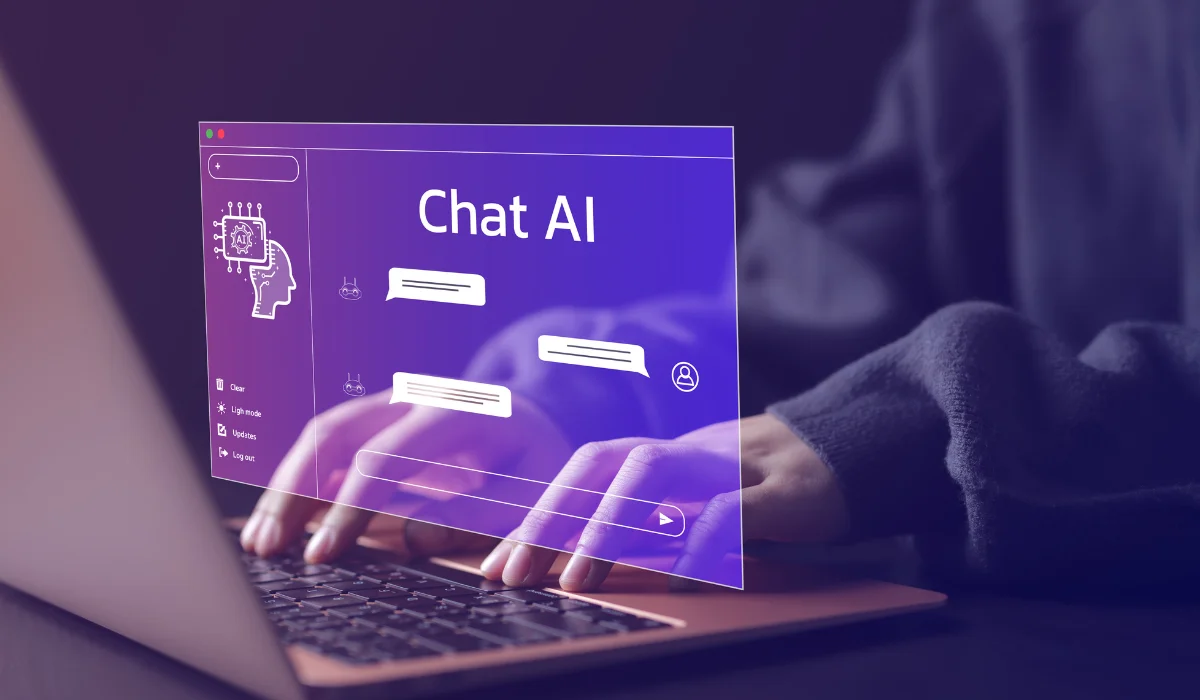
1. Prompt Engineer
- Specialists in crafting effective prompts for large language models (LLMs) like GPT.
- In demand across marketing, research, customer service, and AI product teams.
2. AI Ethicist / AI Policy Analyst
- Experts ensuring AI systems are fair, transparent, and aligned with ethical and legal standards.
- Work with governments, NGOs, and tech firms on AI governance and safety.
3. AI Trainer / Data Labeler
- Human reviewers who train models by labeling data, scoring model responses, or providing reinforcement learning feedback.
- Often used in supervised learning and fine-tuning of LLMs.
4. Machine Learning Operations (MLOps) Engineer
- Builds pipelines to deploy, monitor, and maintain machine learning models in production.
- A growing field similar to DevOps but focused on AI/ML systems.
5. AI Product Manager
- Manages the development and deployment of AI-driven products.
- Requires deep collaboration with data scientists, engineers, and designers.
6. Conversational UX Designer / Voice Interface Designer
- Designs user experiences for AI chatbots, virtual assistants, and voice-enabled products.
7. AI Risk Analyst / Model Auditor
- Evaluates models for bias, performance issues, and ethical concerns.
- Ensures compliance with internal and regulatory standards.
8. Generative AI Artist / Designer
- Uses tools like MidJourney, DALL·E, and Runway to produce creative assets in art, advertising, and entertainment.
9. LLM Application Developer
- Developers building apps powered by large language models (e.g. AI chatbots, AI-powered research tools).
- Requires API fluency with tools like OpenAI, Anthropic, Mistral, etc.
10. Synthetic Data Engineer
- Creates synthetic datasets to train AI models where real-world data is limited, biased, or sensitive.
- Used in healthcare, finance, and security-focused industries.
The impact of AI on jobs across various industries is undeniable and continues to accelerate. From entry-level roles to highly technical jobs in software engineering, cybersecurity, and creative fields, AI automation is reshaping the workforce at a rapid pace.However, the technology revolution isn’t just replacing jobs, it is also creating fresh roles that will be more desirable in the future.
